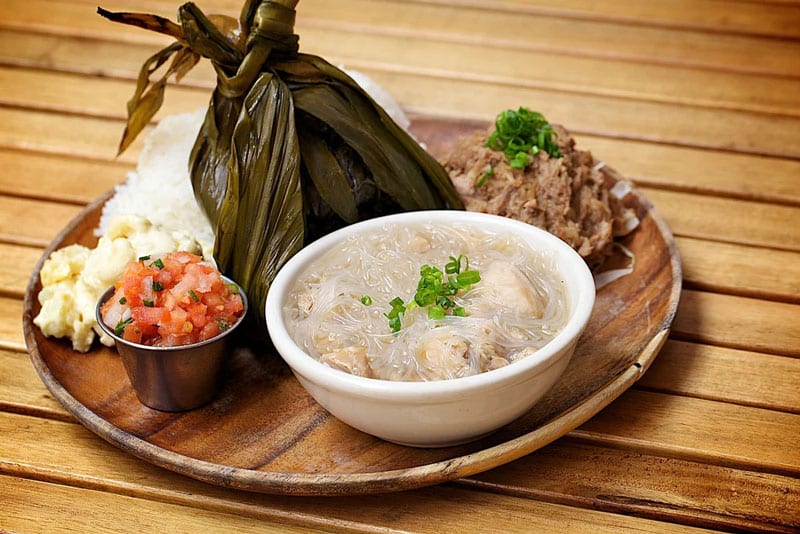Aloha! Have you ever wondered what makes Hawaiian cuisine so special? The unique blend of flavors, ingredients, and cooking techniques has made it one of the most diverse and delicious food cultures in the world. In this guide, we’ll take you on a culinary journey through the history of Hawaiian cuisine, introduce you to some traditional dishes, and share some popular favorites that have emerged over time. So, let’s get ready to taste the islands!
The History of Hawaiian Cuisine
Polynesian Roots
The origins of Hawaiian cuisine can be traced back to the ancient Polynesians, who first settled the islands over 1,000 years ago. They brought with them staple ingredients like taro, sweet potatoes, breadfruit, and coconut, along with their traditional cooking techniques. One such technique is the imu, an underground oven where food is slow-cooked over heated rocks, giving it a distinctive smoky flavor.
Influence of Immigrants
Over the centuries, the Hawaiian Islands saw an influx of immigrants from various parts of the world, including China, Japan, Korea, Portugal, and the Philippines. Each group brought their own culinary traditions and ingredients, which gradually merged with the local cuisine to create a rich, multicultural food scene that we know today as Hawaiian cuisine.
Traditional Hawaiian Foods
Poi
Poi is a classic Hawaiian staple made from taro root, which is cooked, mashed, and then fermented. The slightly sour taste and starchy consistency of poi make it an excellent complement to many Hawaiian dishes, particularly those with bold flavors like kalua pig or poke.
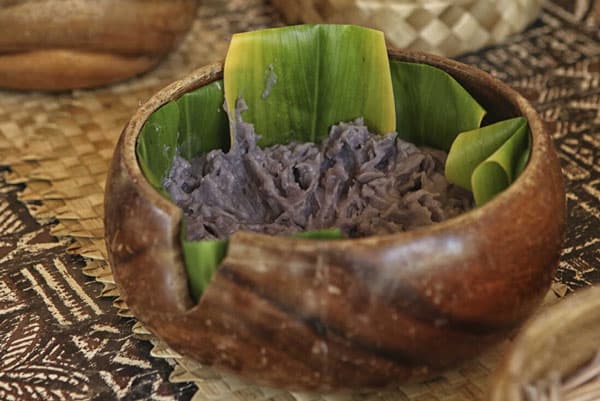
Kalua Pig
Kalua pig is the epitome of traditional Hawaiian cooking. It’s prepared by rubbing a whole pig with Hawaiian sea salt, wrapping it in ti leaves, and slow-cooking it in an imu for several hours. The result is a tender, smoky, and flavorful meat that’s often served at luaus and other special occasions.
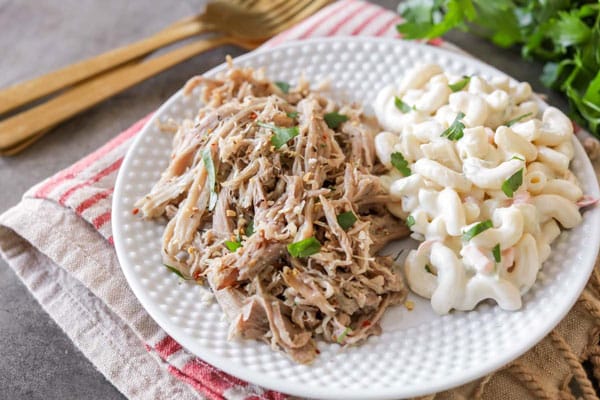
Laulau
Laulau is a traditional Hawaiian dish made from either pork, chicken, or fish, which is seasoned, wrapped in taro or ti leaves, and steamed. The leaves impart a subtle, earthy flavor to the protein, making it a popular choice for those who enjoy a taste of authentic Hawaiian cuisine.
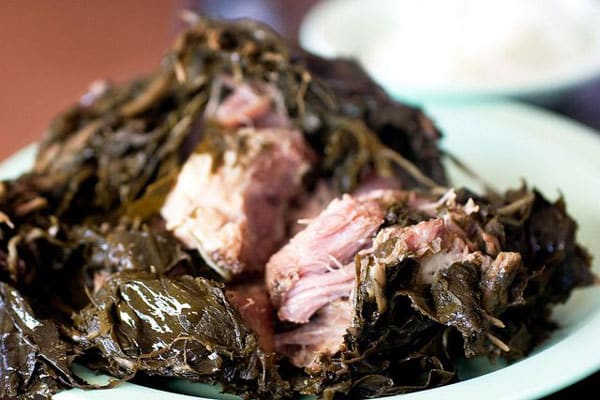
Poke
Poke, which means “to cut” in Hawaiian, is a raw fish salad often made with fresh ahi tuna, soy sauce, sesame oil, green onions, and other seasonings. While it has gained popularity worldwide in recent years, it’s still a beloved dish in Hawaii, where you can find countless variations and flavor combinations.
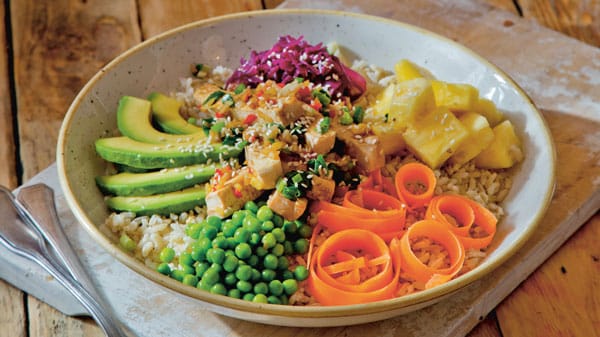
Recommended: Top Hawaii Hotels: Find the Perfect Place to Stay
Popular Hawaiian Dishes
Loco Moco
Loco Moco is a comfort food classic in Hawaii, consisting of a bed of white rice topped with a hamburger patty, a fried egg, and smothered in brown gravy. It’s a hearty and satisfying dish that’s perfect for breakfast, lunch, or dinner.
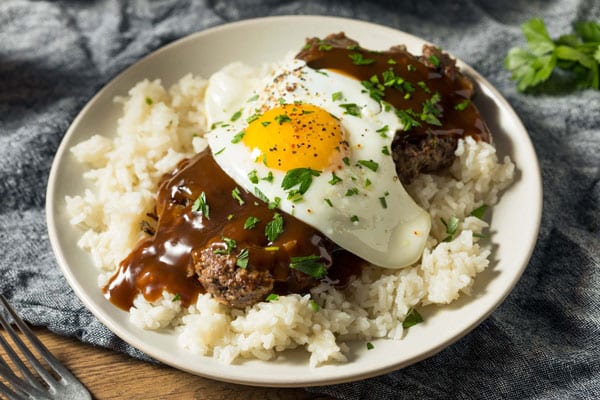
Spam Musubi
Spam Musubi is a popular Hawaiian snack inspired by Japanese onigiri. It’s made by placing a slice of grilled Spam on a block of rice, then wrapping it all together with a strip of nori seaweed. It’s portable, delicious, and a favorite among locals and visitors alike.
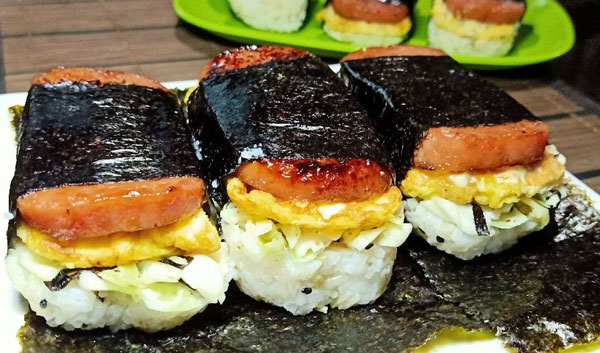
Plate Lunch
The plate lunch is a quintessential Hawaiian meal, usually featuring two scoops of white rice, one scoop of macaroni salad, and a choice of protein such as teriyaki beef, chicken katsu, or kalua pig. This filling and affordable meal is enjoyed by people from all walks of life, making it a true symbol of Hawaii’s melting pot culture.
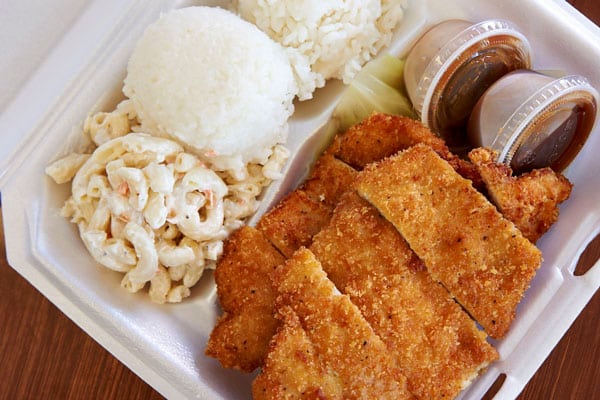
Recommended: Bali Villas for Rent: Luxury Accommodations for Your Getaway
Hawaiian Desserts
Haupia
Haupia is a coconut milk-based dessert with a consistency similar to pudding or gelatin. Made by combining coconut milk, sugar, and cornstarch, it’s typically served chilled and cut into squares. This refreshing treat is a favorite at luaus and other festive gatherings.
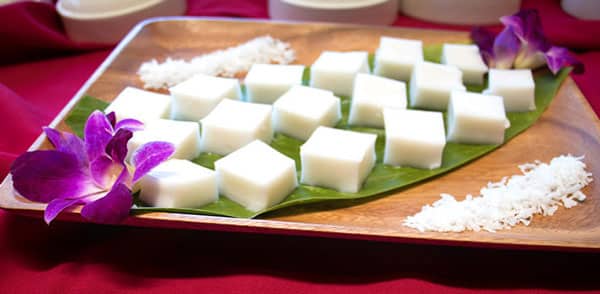
Shave Ice
Shave ice is the perfect way to cool off on a hot Hawaiian day. Finely shaved ice is piled high and drenched in your choice of flavored syrup, often including tropical flavors like guava, lilikoi, or mango. Many shave ice stands also offer a scoop of vanilla ice cream or a dollop of azuki beans as a delicious addition.
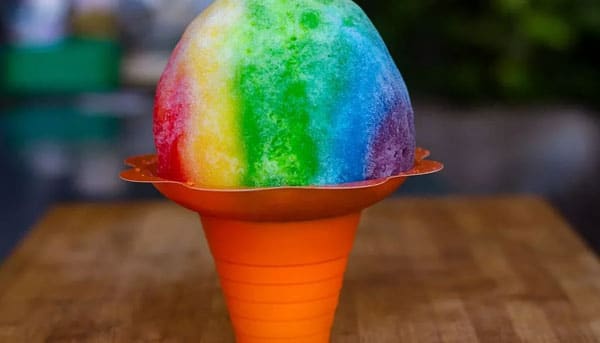
Conclusion
Hawaiian cuisine is a unique and flavorful fusion of cultures, ingredients, and cooking techniques that reflect the diverse history of the islands. From traditional dishes like poi and kalua pig to popular favorites like loco moco and Spam musubi, there’s something to tantalize every taste bud. So, whether you’re planning a trip to Hawaii or just curious about the flavors of the islands, we hope this guide inspires you to explore the delicious world of Hawaiian cuisine.
Frequently Asked Questions (FAQs)
1. What are some common ingredients in Hawaiian cuisine?
Some common ingredients in Hawaiian cuisine include taro, sweet potatoes, breadfruit, coconut, fish, and pork. Many dishes also incorporate soy sauce, ginger, and other flavors from the various cultures that have influenced the islands over time.
2. What is a typical Hawaiian breakfast?
A typical Hawaiian breakfast might include items like Spam and eggs, Portuguese sausage, or loco moco. Fresh fruit, such as pineapple or papaya, is also commonly enjoyed in the mornings.
3. Are there any vegetarian or vegan options in Hawaiian cuisine?
Yes, there are vegetarian and vegan options in Hawaiian cuisine. Dishes like poi, various salads, and some poke recipes can be enjoyed by vegetarians and vegans. Many restaurants and food vendors also offer plant-based protein options for popular dishes like plate lunches.
4. Is all Hawaiian food spicy?
Not all Hawaiian food is spicy, although some dishes do incorporate heat from chili peppers or other sources. Most Hawaiian dishes focus on a balance of flavors, including sweet, salty, and tangy elements.
5. What is the difference between a luau and a regular Hawaiian meal?
A luau is a traditional Hawaiian feast that typically includes entertainment like hula dancing and live music. The food served at a luau often includes dishes cooked in an imu, such as kalua pig, along with other traditional foods like poi, laulau, and haupia. A regular Hawaiian meal, on the other hand, might include more contemporary and casual dishes like loco moco, plate lunch, or Spam musubi. While luaus are often reserved for special occasions and celebrations, regular Hawaiian meals can be enjoyed on a daily basis by locals and visitors alike. Both types of meals showcase the delicious flavors and unique culinary traditions of the Hawaiian Islands.

